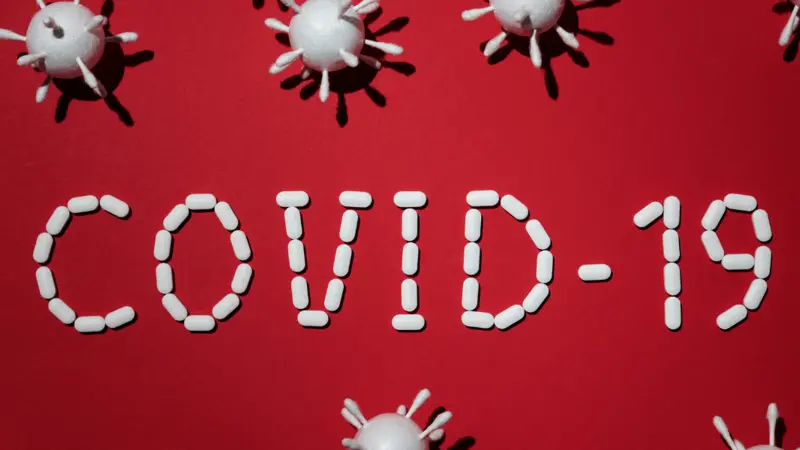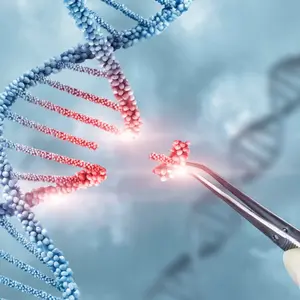

Emerging

Emerging
Coronavirus: A Clinical Review
COVID-19 (whose name derives from coronavirus disease) is an enveloped RNA virus found in humans and wildlife. Six species are known to have caused the disease in humans. The most recent outbreak presented originally in 2019 as pneumonia of unknown etiology in a cluster of patients in Wuhan, China. The epicenter of the infection was linked to seafood and exotic animal wholesale markets in that city.
Coronavirus outbreaks in the last few decades include Middle East respiratory syndrome coronavirus (MERS-CoV) and severe acute respiratory syndrome related coronavirus (SARS-CoV). This new strain, COVID-19, is also referred to as SARS-CoV-2. SARS-CoV-2 is highly contagious and has led to the rapid pandemic of COVID-19. Ongoing changes in ecology and climate make future emergence of such infections more likely.
In immunocompetent patients, the virus presents as self-limiting respiratory infections and common colds, and 81% of cases are mild. In the elderly and immunocompromised, complications can involve the lower respiratory tract as well as pulmonary features. Critical disease features include respiratory failure, cardiac injury, septic shock, and multi-organ dysfunction. Chinese CDC data indicate a fatality rate of 49% for critically ill patients. Patients with no comorbidities have a much lower fatality rate of 0.9%. Current treatment strategies target symptomatic care and oxygen therapy, as there are currently no anti-viral or vaccines available.
The COVID-19 pandemic is spreading at an alarming rate and has caused more infections and deaths than SARS or MERS because it is more infectious. While asymptomatic individuals can transmit COVID-19, the most common source of infection is from the spread of respiratory droplets from symptomatic people. Data also indicate transmission in closed spaces due to elevated aerosol concentrations. Rapid spread warrants intense surveillance and isolation protocols to prevent further transmission.
REFERENCES
Hassan S., Sheikh F. N., Jamal S., et al. (2020, March 21). Coronavirus (COVID-19): A review of clinical features, diagnosis, and treatment. Cureus 12(3): e7355. doi:10.7759/cureus.7355. Retrieved from https://www.cureus.com/articles/27924-coronavirus-covid-19-a-review-of-clinical-features-diagnosis-…?


 By
By







